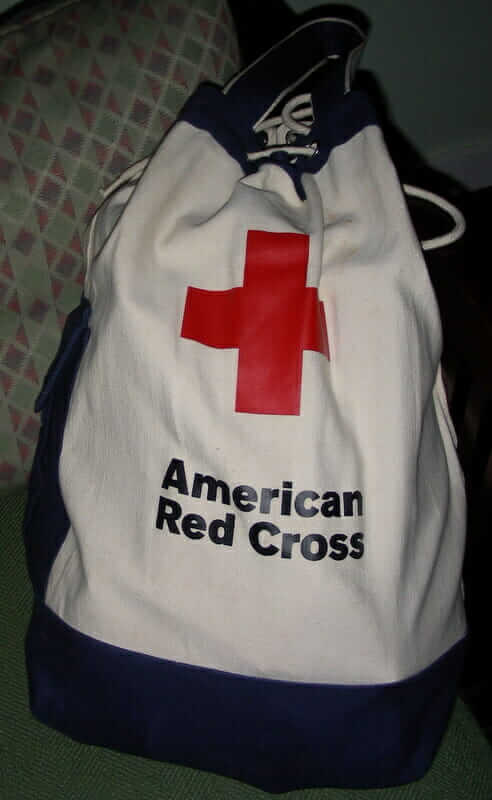
September is National Preparedness Month. The 2021 theme is “Prepare to Protect. Preparing for disasters is protecting everyone you love.” While you can never be truly ready for a natural disaster, you can be somewhat prepared.
Some of us might be tempted to think, “I don’t live in an area prone to natural disasters. It will never happen to me.” As someone who was once ordered to suddenly leave their house due to the possibility of a tree crashing on top of it, I can tell you that we all need to be prepared for a disaster.
Natural Disasters Can Happen with Little or No Warning
Emergencies often happen with little warning. You may only have minutes to evacuate. Or your home might be in danger, but you are visiting out of state. My sister once got a call that there were fires endangering her home and a friend with a key called to ask, “What should I grab and put in my car for you?”
To improve your chances for survival or for saving important items from your home, it is best to have a plan and prepare a kit or “grab and go” bag.
Many years ago I prepared my kit using the guidelines in Judith Kolberg’s book Organize for Disaster: Prepare Your Family and Home for any Natural or Unnatural Disaster.
Other great sources to use when preparing for a disaster are Ready Georgia or FEMA although they are not as helpful with paperwork as Judith’s book.
Make a Plan
The first step is to develop a plan with your family for what everyone is to do if disaster strikes. Then, like a fire drill, practice that plan. If everyone is at home, one person might have the job of corralling pets and putting them into carriers. Another might have the job of pulling out the sleeping bags or bedding. Someone else might load the car. If the family is not together, have plans for how you will communicate and where you will connect. Cell phone service might be spotty at best during a disaster.
Grab and Go Bag
Next have in place a “grab and go” bag and/or clear bins already prepared to put into your car. Some items will have to do with safety and communication. Have a radio, flashlight with extra batteries, and a first aid kit with your medications and prescriptions. Have your purse in a consistent place nearby with your cell phone, credit cards, and driver’s license. It would be a good idea to have an extra phone charger that lives in this kit – don’t forget to change it out if you get a newer phone. You may not have time to gather up such items.
Some items will allow you to survive outside for a while. Have food, water, a can opener, matches, blankets, a plastic drop sheet (or heavy-duty plastic bags), a Dopp kit, tissues, and a pen knife in your kit. Also have a change of clothes and shoes, extra glasses, extra keys, and a pen and paper.
Documents
Have a prepared folder with essential documents, information, and cash. Have names/phone numbers/email addresses/account numbers as well as contact numbers for insurance, utilities, banks, etc.
If you have pets, include vet/shot information as well as extra collars and leads, pet food, a dish, blanket, and a toy.
Break it Down into Small Segments
It takes considerable time to assemble this kit. Break it down into small segments and complete one section a week until you are finished. Then update it each year.
It will give you great comfort to know that this kit is ready for you should you ever need it. Planning and preparing for a possible natural disaster is like having an extra insurance policy. You, your family, and your home are more protected.
If this seems overwhelming or you find yourself stuck and unable to move forward on this project or any other organizing project, join Diane Quintana and me in our Clear Space for You virtual support group.
Jonda S. Beattie, Professional Organizer owner of Time Space Organization, and co-owner of Release, Repurpose, Reorganize. She is based in the Metro-Atlanta area. As presenter, author of four books as well as a retired special education teacher she uses her listening skills, problem solving skills, knowledge of different learning techniques, ADHD specialty, and paper management skills to help clients.